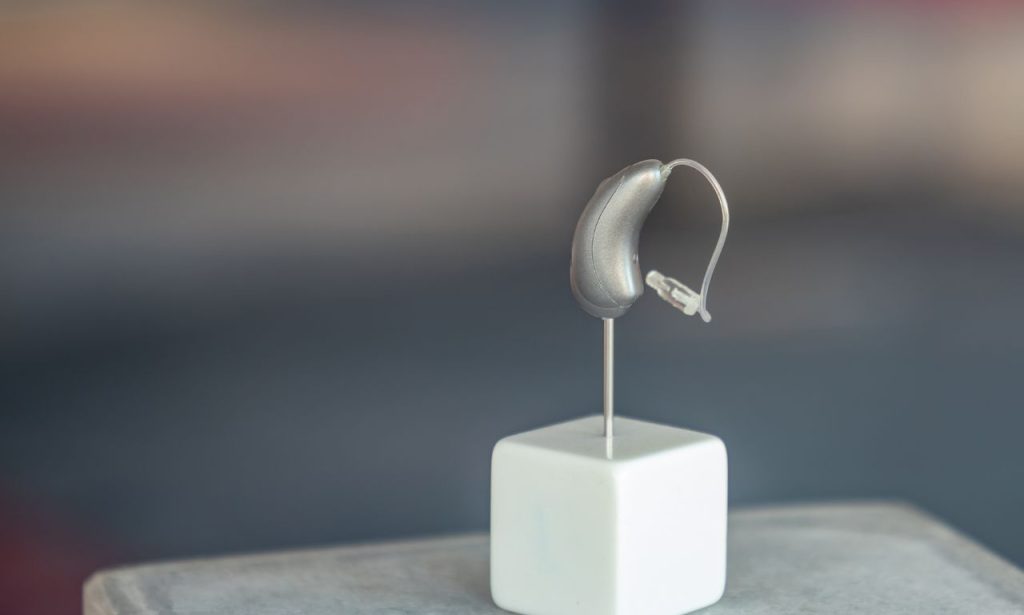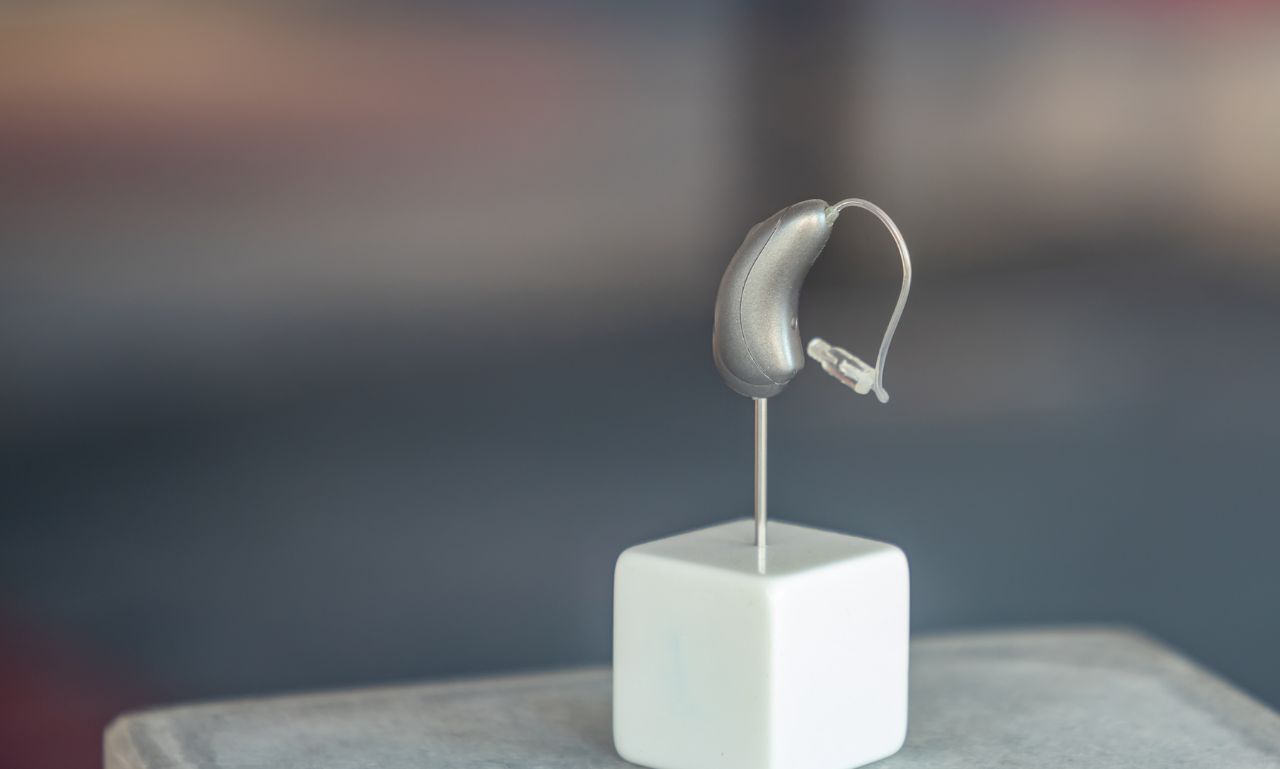In the modern landscape of hearing aid technology, rechargeable hearing aids have emerged as a popular choice for many. Their promise of convenience, reduced environmental impact, and long-term savings make them appealing. However, as with any technology, they are not without their drawbacks. This comprehensive guide delves into the disadvantages of rechargeable hearing aids, offering you a detailed overview to help you make an informed decision.
Limited Battery Lifespan
One of the most significant drawbacks of rechargeable hearing aids is the limited lifespan of their batteries. Unlike disposable batteries, which you can replace as needed, rechargeable batteries degrade over time. Typically, a rechargeable battery in a hearing aid lasts between three to five years before it needs replacement. This degradation can lead to reduced performance and shorter usage times between charges as the battery ages.
Understanding Battery Degradation
Battery degradation is influenced by several factors, including the number of charge cycles and the conditions under which the battery is used and stored. Frequent charging, exposure to extreme temperatures, and overcharging can all accelerate the aging process. As a user, you might find that the hearing aid does not hold a charge as well as it did when new, impacting your daily use.
Initial Cost

Rechargeable hearing aids often come with a higher upfront cost compared to their disposable battery counterparts. This initial investment can be a barrier for some users. While the long-term savings from not purchasing disposable batteries can offset this cost over time, the higher initial expense may still be a deterrent.
Cost Comparison Table
| Features | Rechargeable Hearing Aids | Disposable Battery Hearing Aids |
| Initial Cost | Higher | Lower |
| Ongoing Battery Cost | None | Continuous |
| Total Cost Over 5 Years | Potentially lower overall | Potentially higher overall |
The upfront cost includes not only the hearing aids themselves but also the associated charging equipment. This can be a significant investment, particularly for those on a tight budget.
Charging Dependency
Charging dependency is another notable disadvantage. Unlike disposable batteries, which you can replace instantly, rechargeable hearing aids require regular charging. This dependency can be inconvenient, especially if you forget to charge your hearing aids or if you do not have access to a power source.
Daily Charging Routine
You will need to establish a daily charging routine, much like you would with other rechargeable devices such as smartphones or tablets. This routine ensures that your hearing aids are ready for use each day but can also be an added responsibility. Forgetting to charge them can leave you without functional hearing aids for several hours.
Size and Style Constraints
Rechargeable batteries are often bulkier than disposable ones, which can limit the size and style options available for rechargeable hearing aids. This constraint can be a significant consideration if you prefer a more discreet hearing aid design.
Impact on Design
The need to accommodate the rechargeable battery and charging components can result in larger, less discreet hearing aids. While advancements in technology are continually improving these designs, the trade-off between battery life and device size remains a challenge.
Limited Model Options
The market for rechargeable hearing aids, although growing, still offers fewer model options compared to disposable battery hearing aids. This limitation can restrict your choices and make it harder to find a model that meets all your specific needs and preferences.
Market Availability
Manufacturers are increasingly offering more rechargeable models, but the variety is still not as extensive as with disposable battery hearing aids. This can be particularly limiting if you have specific requirements such as advanced features or particular aesthetic preferences.
Difficulty Replacing Rechargeable Batteries
Replacing the rechargeable battery in a hearing aid is not as straightforward as swapping out disposable batteries. Typically, it requires professional service, which can be costly and inconvenient.
Professional Replacement
When the rechargeable battery needs replacing, you will likely need to send the hearing aid to the manufacturer or a specialized service center. This process can leave you without your hearing aids for several days or even weeks, depending on the service provider’s turnaround time.
Understanding the disadvantages of rechargeable hearing aids is crucial for making an informed decision. However, it is equally important to navigate these challenges effectively. Here are some strategies to help you manage the cons associated with rechargeable hearing aids.
Battery Convenience
While the dependency on charging can be a drawback, it also offers convenience by eliminating the need to constantly purchase and replace disposable batteries. Ensuring you have a reliable charging routine and possibly investing in a portable charger can mitigate some of the inconveniences.
Long-term Savings
Despite the higher initial cost, rechargeable hearing aids can offer long-term savings. By eliminating the ongoing expense of disposable batteries, you might find that the overall cost of ownership is lower over time. Consider this when evaluating the financial implications.
Environmental Impact
Rechargeable hearing aids are generally more environmentally friendly since they reduce the waste associated with disposable batteries. This eco-friendly aspect can be a significant advantage, contributing to sustainable living practices.
Charging vs. Battery Replacement
Balancing the need for regular charging with the inconvenience of replacing disposable batteries is a personal decision. Weighing the pros and cons of each option in terms of your lifestyle and preferences is essential. For instance, if you frequently travel or have an unpredictable schedule, the convenience of rechargeable batteries might outweigh the dependency on regular charging.
Design and Discreteness

While rechargeable hearing aids may currently have size constraints, advancements in technology are continually improving their design. Exploring different models and staying updated with the latest innovations can help you find a balance between functionality and aesthetics.
Conclusion
Rechargeable hearing aids offer numerous benefits but also come with their own set of disadvantages. From limited battery lifespan and higher initial costs to charging dependency and size constraints, these factors can impact your experience. However, by understanding and navigating these challenges, you can make a more informed decision about whether rechargeable hearing aids are the right choice for you.
ALSO READ: Tips for Shopping Secondhand Fashion
FAQs
Rechargeable hearing aid batteries typically last between three to five years before they need to be replaced. This lifespan can vary based on usage patterns and charging habits.
If you forget to charge your hearing aids, you may be without them for several hours while they charge. To avoid this, establish a regular charging routine and consider carrying a portable charger.
Yes, many manufacturers offer portable charging cases that allow you to charge your hearing aids on the go. These cases can be particularly useful for travel or situations where you may not have regular access to a power source.
Rechargeable hearing aids can be a good option for those with limited dexterity since they eliminate the need to handle small disposable batteries. However, the charging process itself should be considered, as it may still require some manual dexterity.
Most rechargeable hearing aids will show signs of decreased performance, such as shorter usage times between charges, as the battery ages. Consult with your hearing care professional to determine when it’s time for a replacement.
To extend the life of your rechargeable hearing aid batteries, avoid exposing them to extreme temperatures, do not overcharge them, and follow the manufacturer’s guidelines for charging and storage.
